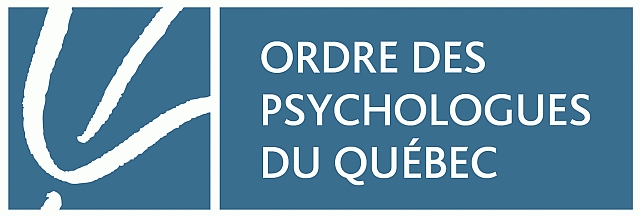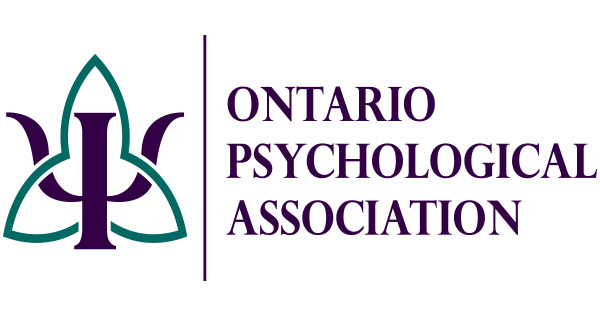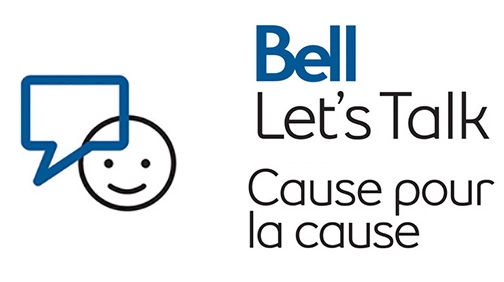After reviewing the robust research, applying proven methods, and observing the remarkable improvements in my clients, I now question how I ever managed as a mental health professional without first assessing for light deprivation.
Light is linked to our biological clocks and therefore has an impact on our sleep, mood, alertness, performance, body temperature, etc.
I will forever be its student as I offer keynote speeches to the general public, training to professionals and consultations to workplace leaders in order to allow more people to benefit from its advantages.
order book and discover upcoming events
*Currently only available in French
Seasonal Affective Disorder (SAD)
"More than thirty years of clinical and neurobiological research support the diagnosis of SAD."(1)
"SAD is a type of clinical depression that regularly occurs in the winter, with normal mood in the summer. Light therapy is an effective and safe treatment for SAD.” (2)
IMPORTANT: Light therapy is used for much more than SAD (see below "Areas in Which Light Therapy Is Used")
INTERESTING FACTS
In Florida, SAD affects about 1.4% of the population; above the 38th parallel about 5%; it rises to over 9% in Alaska (3,4).
Another 14% of adults suffer a lesser form of SAD known as the winter blues (5), and about one third of adults experience winter slumps (fall or winter gloom that could last until May) (4).
A study found that 46% of women with SAD also suffered from premenstrual dysphoric disorder (PMS) (6).
Current medications are effective for treating depression, but do not help perhaps half of those seeking help (7).
If used appropriately and with effective follow-ups by a professional, light therapy has a success rate of 50-80%, according to different studies.
Light therapy can deliver its effects as rapidly as within 4-6 days, with few side effects and easy adjustments.
AREAS IN WHICH LIGHT THERAPY IS USED
WARNING: DO NOT USE WITHOUT CONSULTING A TRAINED PROFESSIONAL
Age-related insomnia
Alzheimer's disease (mild cognitive impairment)
Attention deficit hyperactivity disorder (ADHD)
Bipolar disorder
Borderline personality disorder (sleep quality and daytime alertness)
Chronic depression
Chronic fatigue syndrome
Delayed and advanced sleep-phase disorders
Depression during pregnancy and postpartum depression
Depression (nonseasonal and seasonal)
Eating disorders (e.g. bulimia nervosa)
Fatigue linked to cancer
Jet lag disturbance
Menopause and premenopause
Parkinson's disease
Posttraumatic Stress Disorder (PTSD)
Premenstrual dysphoric disorder (PMS)
SAD, winter blues and winter slumps
Shift work
SERVICES OFFERED (nation-wide)
SPEAKER, small and large venues
eg. Vankleek Hill, 2016
TRAINER to professionals
eg. Hawkesbury, ON, 2016 (Dr. Borduas, member of a group training)
CONSULTANT to individuals, teams, organizations
eg. in clinical and work settings
EXAMPLE OF POPULAR SPEAKING TOPICS
Light Therapy
Revolutionizing Health with Light Medication: Applications for Work and Home Environments
Let's Be Bright: Supercharging Our Brain with Light
Winter Blues and the W5 of Light Therapy
Chronotherapeutics and Light Therapy (for professionals)
Depression AND RESILIENCE
Essential Steps to Beating Depression
From Surviving to Thriving: A Lifestyle of Difference
MOST FREQUENTLY ASKED QUESTIONS
INDIVIDUALS
How do I know if I need light therapy?
How does light therapy really work?
What type of lamp should I use?
How, when, how long and at what distance should I use a lamp?
What are the side effects and risks?
What type of bulbs are used? Could I build my own?
What if I have eye or skin issues?
Can it be used jointly with medication?
What about UV, vitamin D and omegas?
Do I get the same benefits from the sun or through a window?
Is this the same as a tanning bed?
Do insurance companies cover costs?
ORGANIZATIONS
Should we get our work place assessed?
How would employees/patients/clients/students/etc. benefit from improved lighting?
Is this worth the investment?
How do we know if this is working?
Where do we start?
JOIN DR. FILION TO INVITE HER AS A SPEAKER.
REFERENCES
Wirz-Justice, A., Benedetti, F, Terman, M. (2013). Chronotherapeutics for Affective Disorders. A Clinician’s Manual for Light and Wake Therapy. Basel: Karger.
Lam, R.W., Tam, E.M. (2009). A Clinician's Guide to Using Light Therapy, Clinician Resource Package. Vancouver Coastal Health: UBC Hospital.
Rohan, K.J. (2009). Coping with the Seasons. A Cognitive-Behavioral Approach to Seasonal Affective Disorder Workbook. New York: Oxford University Press.
Terman, M. (2013). Reset Your Inner Clock. The Drug-Free Way to Your Best-Ever Sleep, Mood, and Energy. New York: Penguin Group.
Rosenthal, N.E. (2013). Winter Blues. Everything You Need to Know to Beat Seasonal Affective Disorder. New York: Guildford Press.
Lam, R.W., Tam, E.M. (2009). A Clinician's Guide to Using Light Therapy. New York: Cambridge University Press.
Levitan, R. CAMH Website: http://www.camh.ca/en/hospital/about_camh/newsroom/news_releases_media_advisories_and_ backgrounders/current_year/Pages/light-therapy-effective-general-depression.aspx













